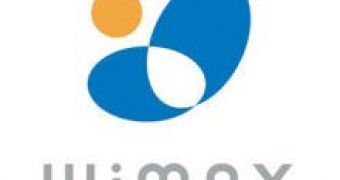The WiMAX spectrum has been significantly cheaper than 3G spectrum and some cases were recorded when WiMAX was less than one-thousandth of the cost of 3G spectrum in a certain region.
In the UK's spectrum action in 2000, Vodafone paid as much as $9.4 billion for a 30MHz national license, compared to what price a regional 3.5 G license has three years later, at the Fixed Wireless Access auction. The most expensive one was $3.2 million and covered Greater London, one of the denser regions in the UK.
In that case, the price per Mhz per population for a 3G license was as much as 500 times higher than a price for a Greater London WiMAX license.
Such great differences in prices have also been recorded in other Western European Markets, where the 3G spectrum was also sold at high prices. There are several reasons why 3G is much more expensive than WiMAX.
While 3G is national, WiMAX licenses have mostly been issued on a regional basis. This does not have an impact on average pricing and while a bidder can acquire all regional licenses, the regions are not created equal.
Also, deep-pocketed mobile network operators were always under the impression that owning 3G spectrum would be the center of their strategic future and for the time being, few think the same about WiMAX and are at the same time unwilling to enter another expensive auction.
Bidders for WiMAX mainly include smaller companies, while larger mobile operators stick to their cellular technology roadmap. It's true that the 3G spectrum was generally overpriced, while WiMAX is undervalued for the time being. But it looks like in the future, as more lower frequencies that can be used for mobile WiMAX will be released, WiMAX spectrum is bound to become more expensive.

 14 DAY TRIAL //
14 DAY TRIAL //